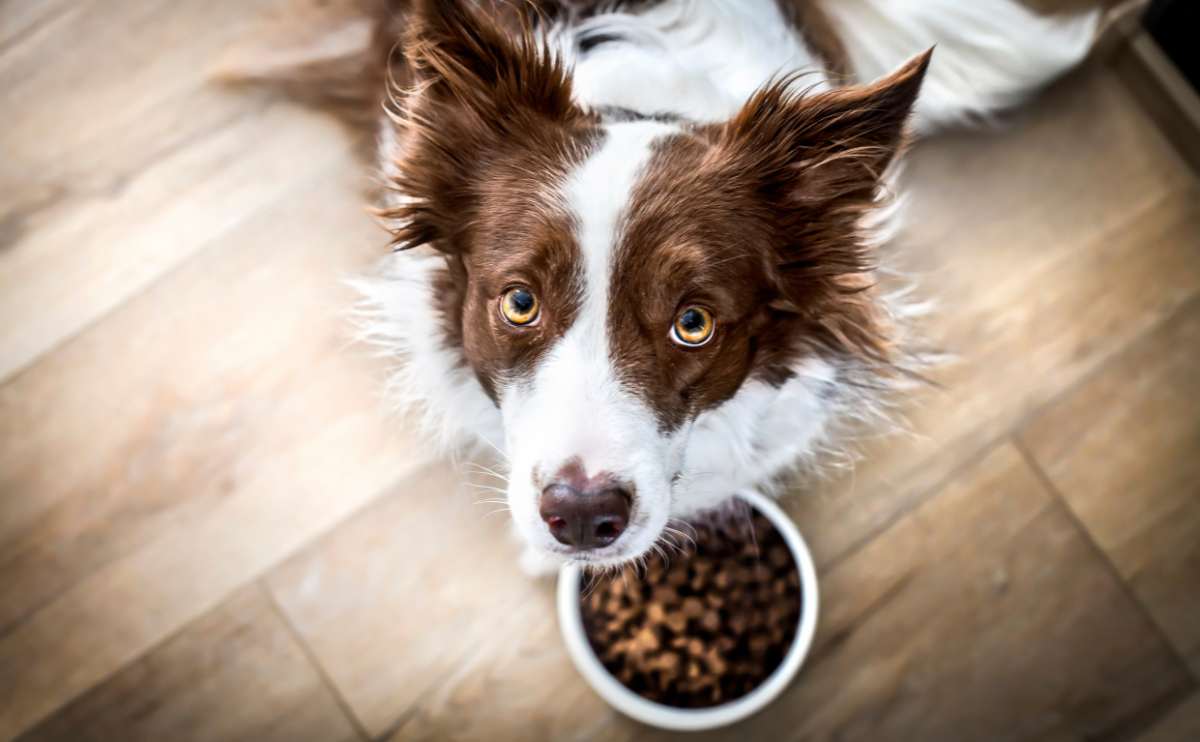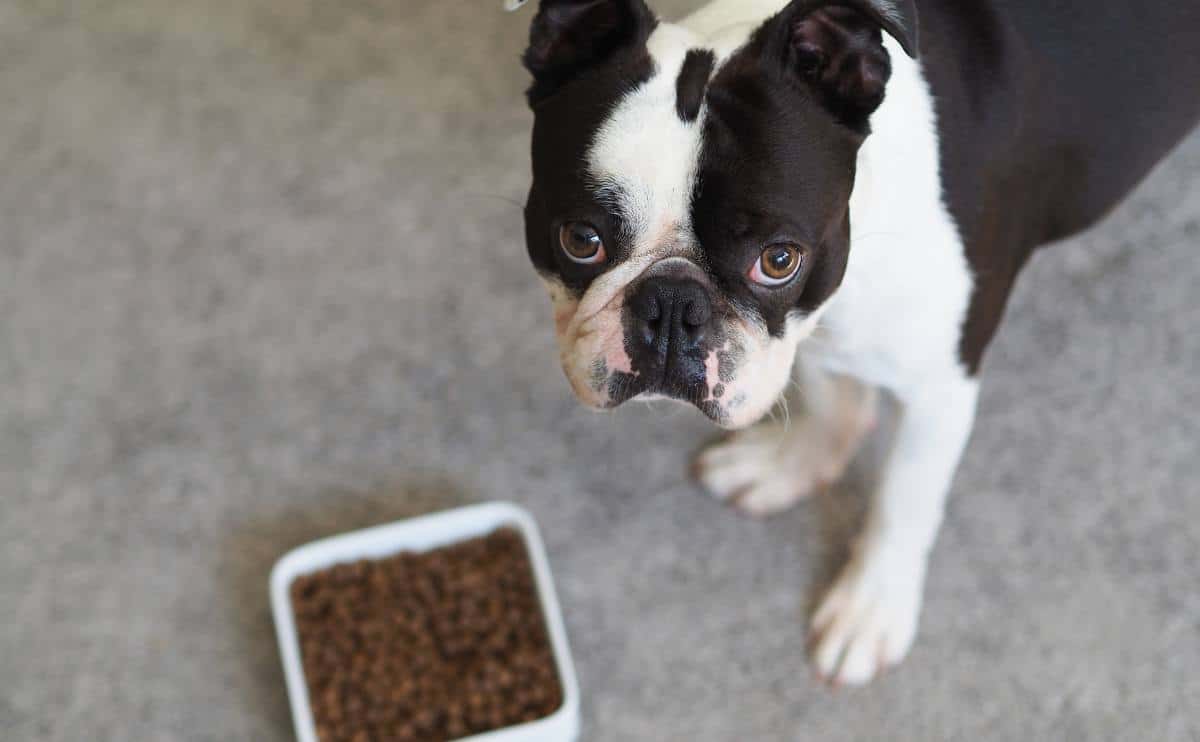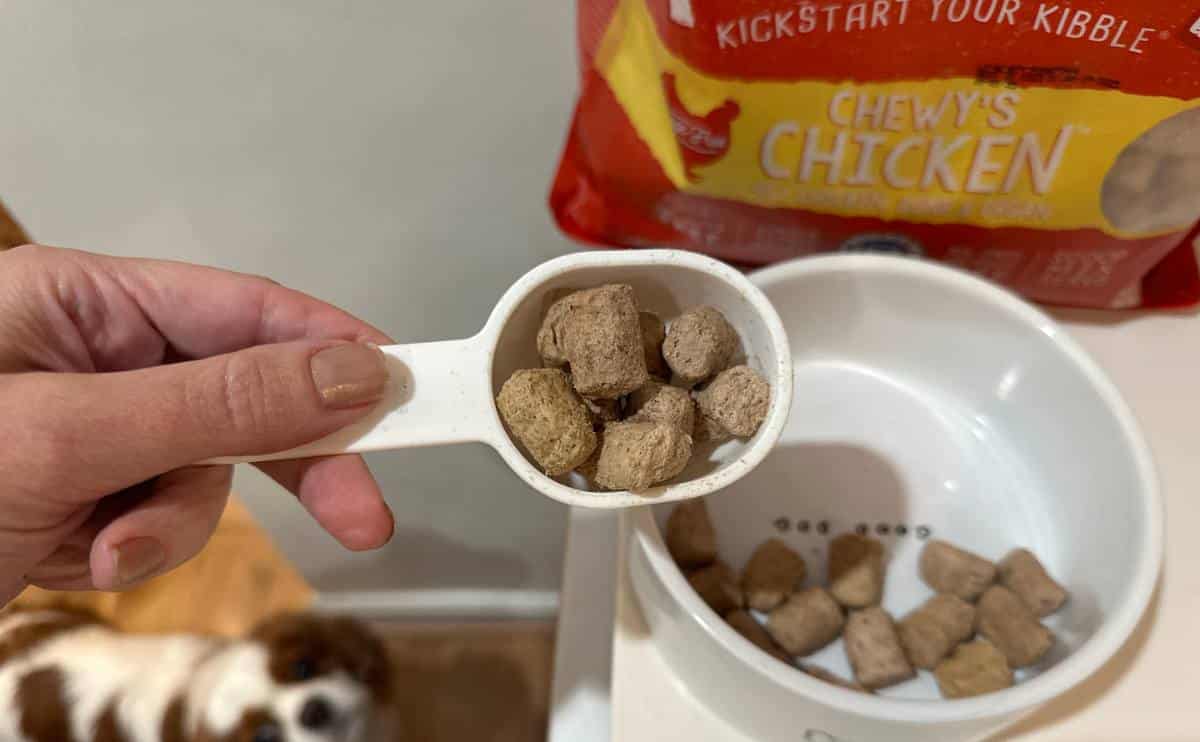When you purchase through links on our site, we may earn a commission. Here’s how it works.
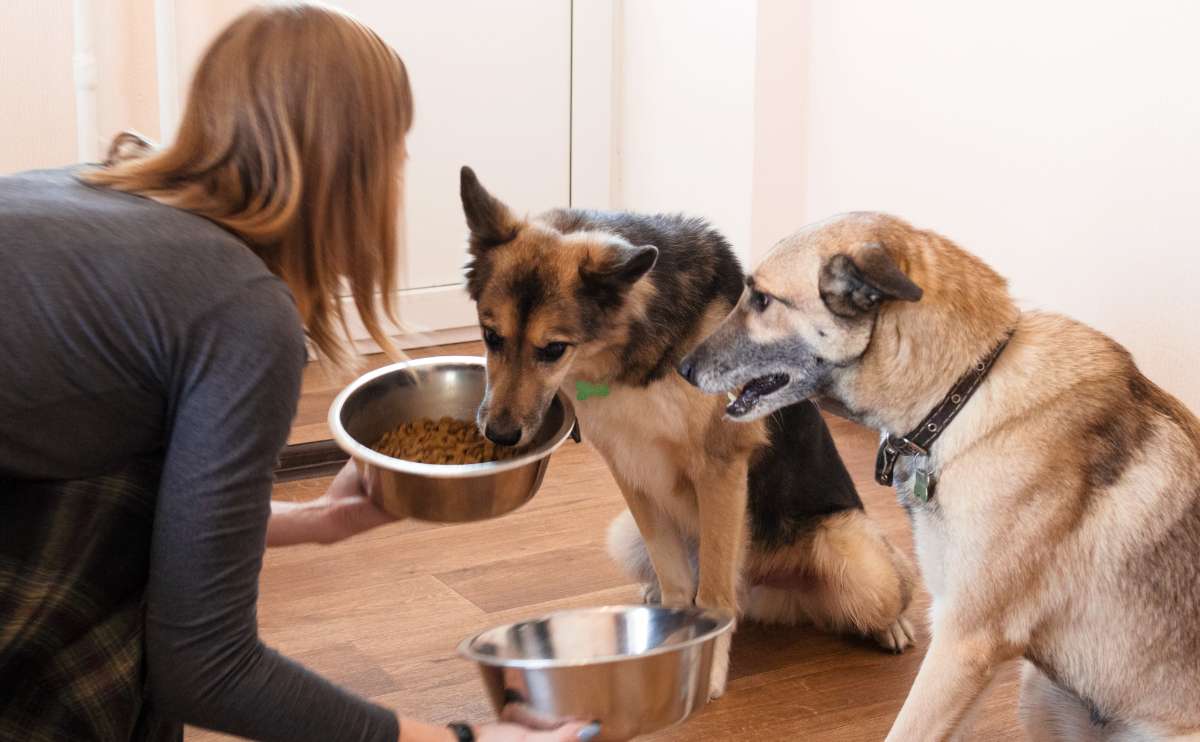
Are you considering changing dog food brands or types because it’s less expensive? Or maybe your dog has been sick, and you want to try out a new food. It may even be that your vet thinks your dog is allergic to lamb, chicken, egg, or another protein source. Whatever the reason for switching dog food, you must take it very slowly to allow your pup’s tummy to adjust to his new diet.
Reasons To Change Dog Food
You may consider changing your dog’s food for many reasons besides cost. These include life stage, food sensitivity, sensitive stomach, digestive malfunction, and concern for a healthy diet. Here’s a breakdown of some issues you might need to consider.
Food Sensitivity
Food sensitivity may be the culprit if your pooch has an upset stomach or itchy skin. Dogs can react adversely to certain ingredients in their food, like eggs, even if they’ve been eating that ingredient for years. If you suspect a food sensitivity, consult your vet, who can recommend an appropriate diet switch.
Life Stage
When your puppy reaches around 12 months of age (may vary based on size), his nutrient requirements change. So, it’s time to transition to adult dog food. Smaller breed puppies should transition over sooner than larger breeds. Learn more about when to switch a puppy to adult dog food.
Nutrition needs also change when dogs become older. When small and medium-sized dogs reach the age of 7 years old or so, you should transition them to mature adult or senior dog food. This ensures they’re receiving the best nutrients for their older life stage. Larger breed dogs should make this change around 6 years old because their bones and muscles age faster than smaller breeds.
How To Change Dog Food Gradually
The best way to transition your dog’s food is to mix your current dog food with the new dog food for at least 5 days. This allows your dog’s digestive tract to adjust without suffering from stomach issues. Switching off the current food too suddenly can cause stomach upset, indigestion, diarrhea, and even blood in a dog’s stool. A gradual transition from the old diet to the new diet is best. Some dogs may need more than 5 days.
The best way to transition dog food is slowly, but switching over entirely may take longer than a few days. It will significantly depend on the type of dog food involved and its health.
Always follow the new food packaging guidelines for serving sizes and how to transition dog food. This is important because some foods have higher concentrations of nutrients than others. Switching dog food is not a process one can rush. While there are some general guidelines, allow time and flexibility to suit your dog’s unique needs.
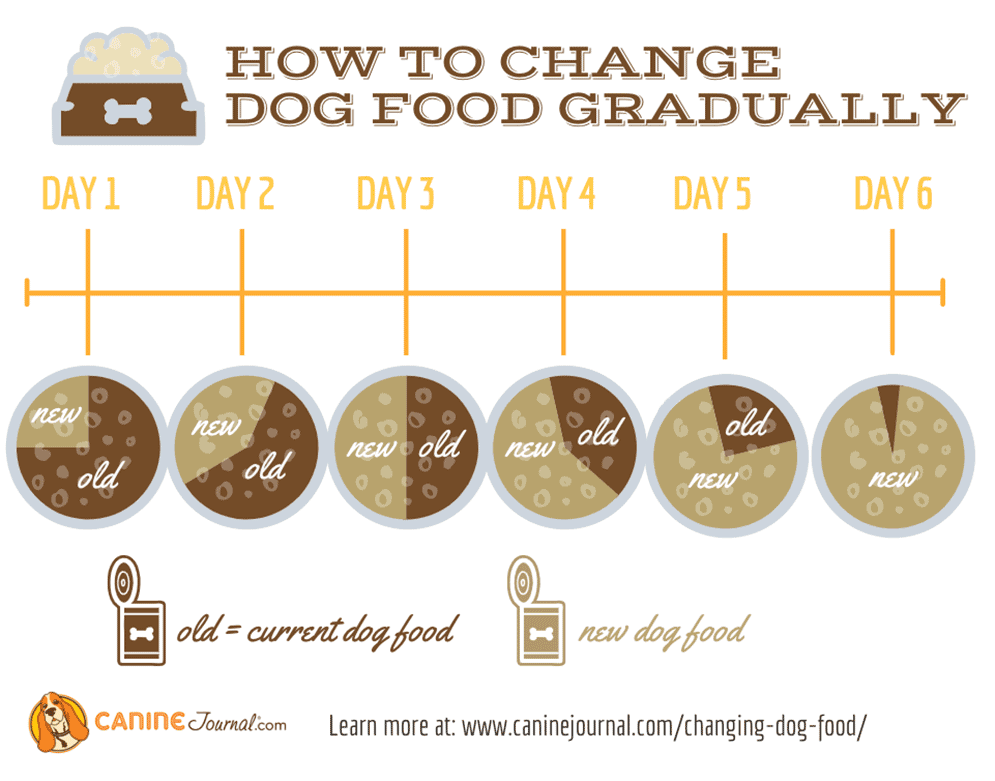
- Day 1: Feed 75% of your current (old) food and mix 25% of the new food in each serving to start the adjustment period for clean digestion.
- Day 2: Adjust to feeding 60% of your old food and mix in 40% of the new food in each serving.
- Day 3: Feed 50% of the old diet and 50% of the new food per serving.
- Day 4: Feed 40% of your old food, mixed with 60% of the new food per serving.
- Day 5: Feed 25% of your old food, mixed with 75% of the new food per serving.
- Day 6: Feed 90-100% of the new diet — at this point, you should be very close to a clean digestive transition period.
For many dogs, it works to break the daily serving size into two daily meals: one in the morning and one in the evening. Smaller breeds often need more meals throughout the day, so this may need to be broken into 3 or 4 meals. The same goes for larger and giant breeds prone to canine bloat.
3 Symptoms To Watch For During The Dog Food Transition
Throughout this adjustment period, be sure to keep a close eye on your dog. Here are some things you should monitor to ensure that he’s not experiencing an upset stomach or other health concerns.
- Make sure he’s continuing to drink a normal amount of water.
- Is your dog having a lot of gas? Ideally, your dog’s gas should remain low. Otherwise, he may not be digesting the new food well. Look for signs of stomach upset.
- Your dog’s feces should remain normal. Yes, it sounds gross to look at the poop, but it’s essential to keep an eye on your dog’s stool to make sure it’s not too runny. Runny stool raises concerns about diarrhea and dehydration.
Tip
What If My Dog Isn’t Adjusting? It’s Time To Consult A Vet
If the dog food transition isn’t working, consider slowly reverting to the old diet, no matter how slow you go with the food change. Your dog could be allergic to the new food. If more serious issues arise while switching dog food, if you see severe symptoms, or if your dog stops eating, consult your vet for more assistance.
How Do I Choose A New Dog Food?
How to switch dog food is something every owner should be familiar with. However, the fundamental first step of healthy canine nutrition is picking the best food to put in your dog’s bowl. We recommend that you read food labels to ensure your dog gets the appropriate ingredients and nutrition levels for whatever his unique health needs are.
If you want some ideas on the various foods available, check out these dog food delivery options, which include kibble and fresh foods. The human-grade fresh food options make it easy to customize your dog’s diet based on age, weight, and health issues — and you can have these delivered right to your door. We also have a guide to vegan dog food. Always discuss significant dietary changes like a raw diet or adding supplements with your veterinarian first.
Tagged With: